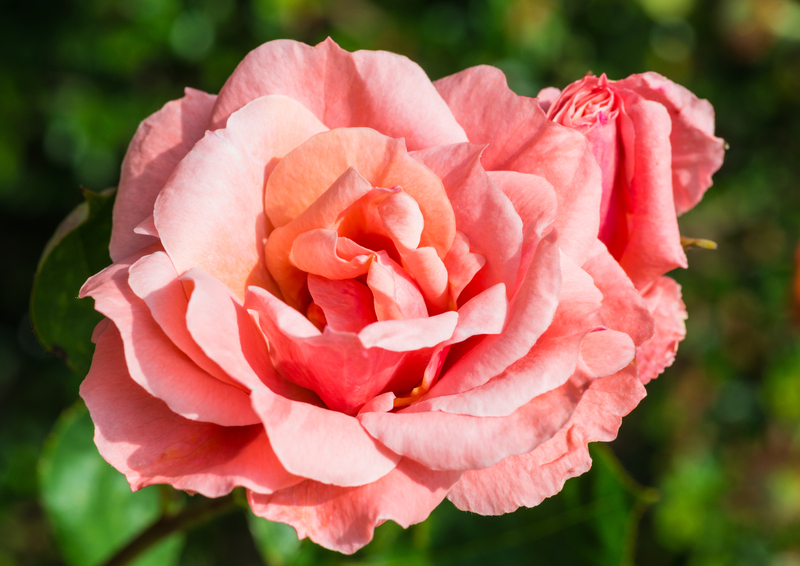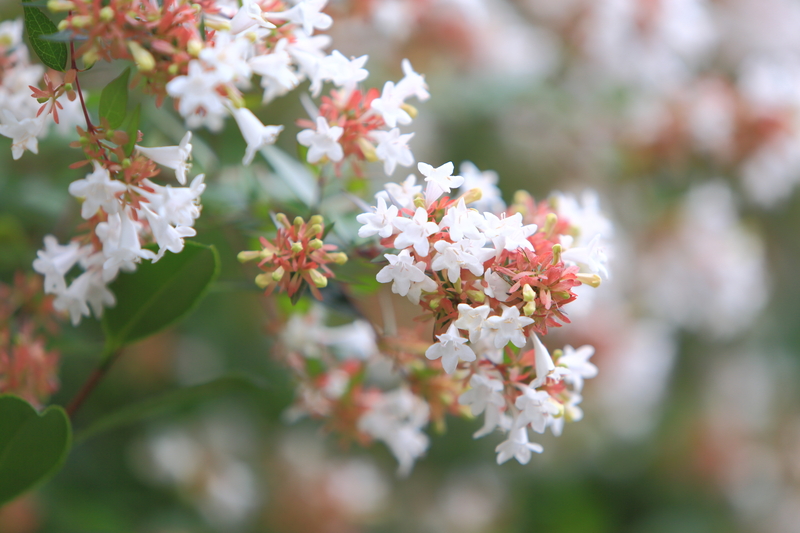Learn How to Successfully Winterize Plants for Cold Weather
Posted on 17/06/2025
Learn How to Successfully Winterize Plants for Cold Weather
As the crisp air of autumn hints at the coming winter, it's time to prepare our beloved plants for chilly temperatures. If you want your garden, shrubs, perennials, and houseplants to flourish come spring, learning how to successfully winterize plants for cold weather is essential. This comprehensive guide will provide expert advice, easy-to-follow steps, and insider tips for every type of gardener. Whether you're looking for ways to overwinter tropical plants, safeguard delicate perennials, or shield your rose bushes from frost, you've come to the right place.
Why Is Winterizing Plants Important?
Many plants go into dormancy in winter, but that doesn't mean they're invincible to frost, snow, or cold winds. Winterizing plants protects roots and foliage against freezing temperatures, dehydration, and winter injury. With proper cold weather plant protection, you can:
- Reduce the risk of frost damage to both hardier perennials and tender species
- Minimize die-back and loss of branches, stems, and root systems
- Retain soil structure and moisture around perennials and trees
- Ensure a healthier, more vibrant garden come springtime
- Save time and money by decreasing the need to replace lost or damaged plants

Understanding Your Plant Hardiness Zone
Before you begin, determine your USDA Hardiness Zone or equivalent local cold zone. This crucial step helps you understand which plants are naturally suited to survive in your area and which ones may need extra winter care.
Tip: Check plant tags or consult local gardening resources to identify the hardiness ratings of your plants.
Preparing Your Garden for Winter
1. Clean Up Your Garden Beds
Remove dead annuals, fallen leaves, and diseased plant material. This simple step reduces pest habitats and the spread of fungal diseases, setting the stage for a healthier spring.
2. Mulch Effectively to Insulate Roots
Adding a thick layer of organic mulch is one of the most effective plant winterization techniques. Mulch regulates soil temperature, locks in moisture, and protects roots from freeze and thaw cycles.
- Use straw, shredded leaves, pine needles, or bark chips
- Apply 2-4 inches around the base of perennials, shrubs, and trees
- Avoid piling mulch directly against stems or trunks to prevent rot
3. Watering Before the Deep Freeze
Hydrated plants are more resilient against cold stress. Water your garden thoroughly before the ground freezes, especially evergreens and newly planted specimens. But avoid waterlogged soils, which can lead to root rot.
Methods to Winterize Specific Types of Plants
Protecting Perennials and Flower Beds
- Cut back dead foliage to 2-3 inches above ground for most perennials after frost has killed the tops
- Mulch deeply after the first hard frost
- Mark plant locations with stakes if they're not visible once dormant
How to Winterize Shrubs & Small Trees
- Wrap trunks of young or thin-barked trees with burlap or tree wrap to prevent sunscald and cracking
- Use windbreaks (like burlap screens) for evergreens exposed to harsh winds
- Mulch heavily out to the dripline (the furthest point the branches reach)
- Prune only broken or diseased branches, leaving structural pruning for spring
Evergreen Plant and Conifer Protection
- Spray anti-desiccant on broadleaf evergreens to reduce winter moisture loss
- Gently brush off heavy snow buildup to prevent branch breakage
- Wrap susceptible conifers or boxwoods loosely in burlap for added security
Overwintering Tender and Tropical Plants
For plants like cannas, dahlias, elephant ears, and banana plants:
- Dig up bulbs or tubers after the first frost and store them in a cool, dry, frost-free location
- Pot up tropicals and keep them indoors near a sunny window
- Reduce watering for dormant tubers to prevent rot
Winterizing Potted and Container Plants
- Move pots close to sheltered walls or bring them inside if possible
- Wrap containers in burlap or bubble wrap to insulate roots from cold
- Lift pots off the ground with bricks or pot feet to prevent freezing
Caring for Houseplants During Winter
- Bring houseplants in before temperatures drop below 50?F
- Check plants for insects and treat if needed
- Give plants plenty of bright, indirect light and reduce feeding
- Mist regularly or use a humidifier to counteract dry indoor air
Key Winterizing Materials and Tools
Equip yourself with the right supplies to successfully winterize all kinds of plants for cold weather.
- Mulch: Straw, wood chips, pine needles, or shredded leaves
- Burlap and row covers: For wrapping or making windbreaks
- Anti-desiccant spray: For broadleaf evergreens
- Tree wrap or trunk protectors to safeguard young trees
- Frost cloths or old sheets for last-minute frost protection
- Pruning shears: For removing damaged stems and light pruning
- Plant stakes and tags: To mark dormant perennials
- Watering can or hose: For deep watering before freeze
Common Mistakes to Avoid When Winterizing Plants
- Applying mulch too early or too thickly (wait until ground is cold, not frozen, and don't smother plants)
- Watering right before a freeze (water during a warmer spell to avoid ice damage)
- Wrapping trees or shrubs too tightly (allow for air circulation)
- Forgetting to check plants during winter (monitor after snow, rain, or wind events)
Advanced Tips for Expert Plant Winterization
- Select cold-hardy plant varieties suited to your region for less overwintering effort
- Install windbreaks or garden screens for exposed sites
- Use cloches or small greenhouses to protect particularly valuable or tender specimens
- Divide perennials in fall before first frost to rejuvenate plants and prepare for next growing season
- Monitor freeze warnings and be ready to cover plants on short notice
Frequently Asked Questions About Winterizing Plants
1. When should I start winterizing my plants?
Start preparing your garden in late fall, before the first hard frost. Mulching is best done when soil is cold but not yet frozen, so that pests haven't already burrowed in for shelter.
2. Can all plants survive winter outdoors?
Not all plants can survive cold-weather outdoors. Tender perennials, tropicals, and most houseplants will need special protection or to be brought inside. Check your plant's hardiness to determine what level of winter protection is needed.
3. Can I fertilize my plants in winter?
Avoid fertilizing as plants are dormant and don't need extra nutrients, which can stimulate tender new growth vulnerable to cold damage.
4. How do I protect my lawn from winter damage?
Winterize your lawn by giving it a final mowing, raking leaves, and applying a winterizing fertilizer designed for grass types in your region.

Conclusion: Healthy, Resilient Plants All Year Long
Successfully winterizing plants for cold weather is a blend of knowledge, timely action, and understanding your garden's unique needs. By insulating perennials, safeguarding shrubs, overwintering tender specimens indoors, and taking proactive steps against the cold, you'll ensure a lush, vibrant garden when spring arrives.
Don't let harsh winters claim your favorite plants. Follow these tips and watch your garden thrive season after season!
Further Reading & Resources
- USDA Plant Hardiness Zone Map
- Royal Horticultural Society: Protecting Plants in Winter
- Garden Design: How to Winterize Your Garden
Need more help with winterizing your plants? Ask local garden centers or cooperative extension services for tailored advice based on your region and plant collection.

